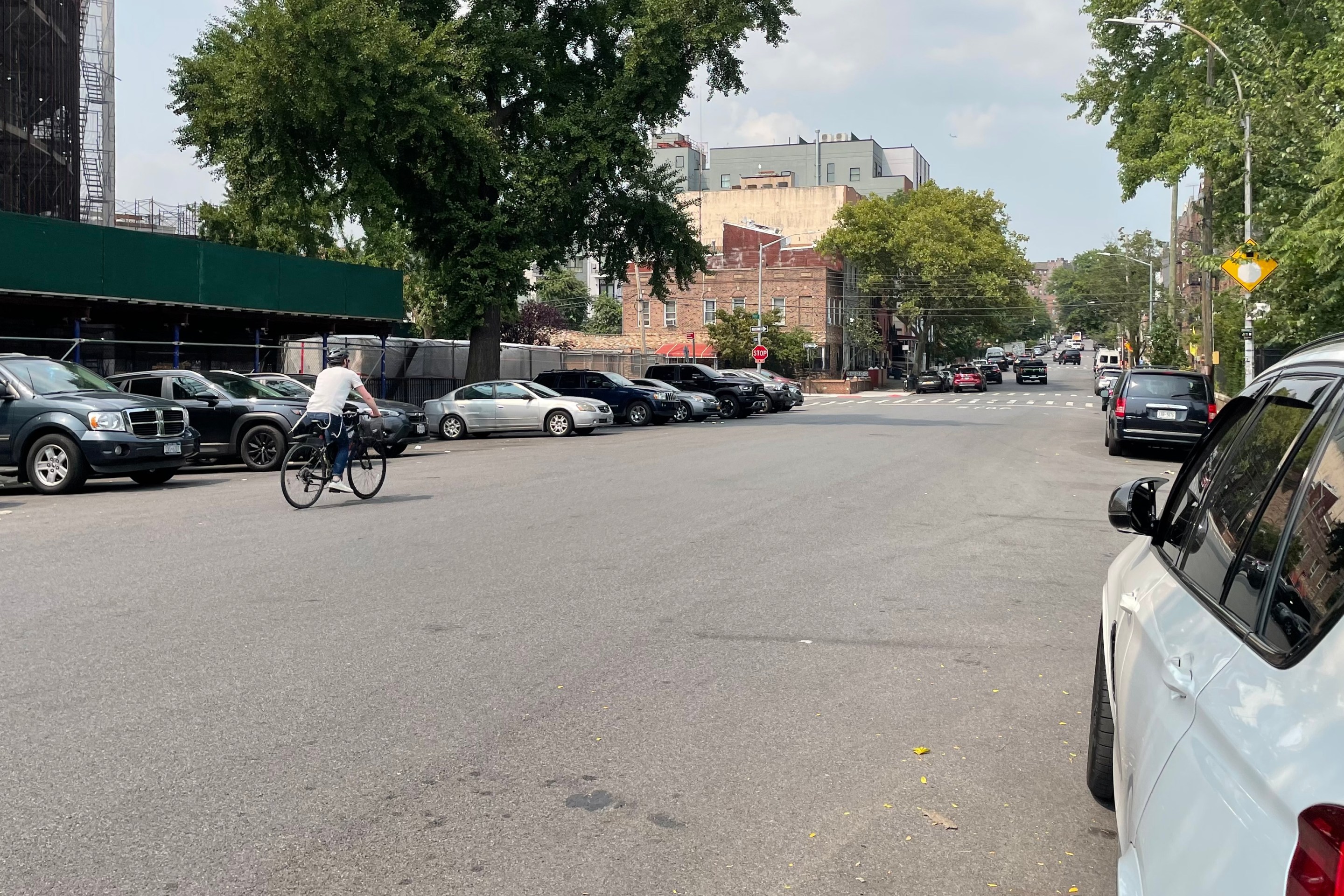Allstate has joined Progressive Insurance as the second company to offer New Yorkers the chance to save money with usage-based car insurance. Like its cousin, pay-as-you-drive insurance, usage-based insurance rewards people for driving less. On top of that, by constantly monitoring how people drive, it creates incentives based on behaviors that can't be tracked by traffic tickets or crash reports alone. The New York City Department of Transportation is promoting the concept in its effort to cut down on dangerous driving.

New York City residents drive fewer miles than residents of the suburbs or other major cities. But city motorists who drive only occasionally are probably still paying the same amount for insurance as people who drive every day.
With usage-based insurance, participants install a small device, compatible with all cars built since 1996, that records driver behavior. This includes miles driven, time of day, time behind the wheel, braking behavior, and speed. The device is not GPS-enabled, so the insurer does not know if a driver is speeding on a given street.
Progressive's Snapshot program, which has signed up more than one million drivers in 44 states and the District of Columbia, evolved from an earlier pay-as-you-drive program the company offered. In 2010, it became the first-of-its-kind insurance product in New York. In October 2012, it was joined by Allstate's Drive Wise.
Usage-based insurance is opt-in: In the ten states where Allstate offers the program, 20-25 percent of new customers choose to enroll. A third of Progressive's customers who are offered the program choose to enroll, though a Progressive spokesperson could not say whether all customers are invited to participate.
By rewarding drivers who drive less, insurers are giving their customers an incentive to walk, bike, or take transit. "You get a discount on your insurance if you use other modes of transportation," said Allstate spokesperson Allison McMahon. Usage-based insurance customers can save up to 30 percent over traditional insurance; Progressive says participating customers save an average of $150 per year with the program. A selling point used by the insurers is that usage-based customers can only see their rates go down -- the behavior captured by the in-car devices cannot cause a driver's rate to increase above what it would be if that driver did not participate in the program.
In California, which has created a regulatory framework for pay-per-mile insurance programs, a Brookings Institution study found that this type of insurance can lead to a reduction in driving and carbon dioxide emissions, as well as savings for low-income households.
The city sent out a press release on the issue yesterday because "there's now real competition in this part of the market," DOT spokesperson Seth Solomonow said.
In 2011, DOT issued a request for expression of interest, seeking information from insurers about their usage-based programs and barriers to expanding the service in New York. Yesterday's announcement was not related to the RFEI, Solomonow said. He declined to provide information on responses the city received to its request.
The expansion of usage-based insurance also raises the prospect of whether the data on driver behavior can be used in crash investigations.
There are similarities and differences between the insurance data and information collected by event data recorders, commonly known as black boxes. While EDR information is permanently erased after a short amount of time, usage-based insurance information lives in perpetuity. Insurance information is owned by the insurer (Progressive says it has collected 6 billion miles of driving data so far; Allstate has data on 300 million miles of driving), while black box data is the property of the car owner. Consumers can, however, access their information via the insurer's website.
Both types of information can be requested as part of a crash investigation, though prosecutors seem reluctant to press for this data. Although a driver may have access to his own EDR or insurance data after a crash, pedestrians and cyclists do not have that advantage, despite being the more vulnerable road user.





